20+ SAMPLE Project Management Remediation Plan
-

Environmental Project Management Remediation Plan
download now -
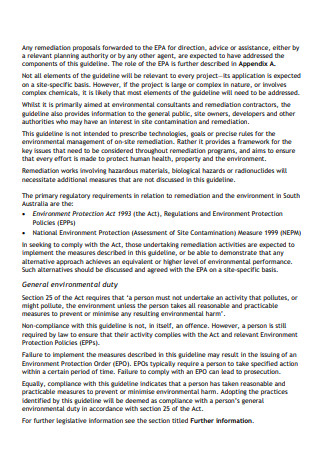
Project Management Onsite Remediation Plan
download now -
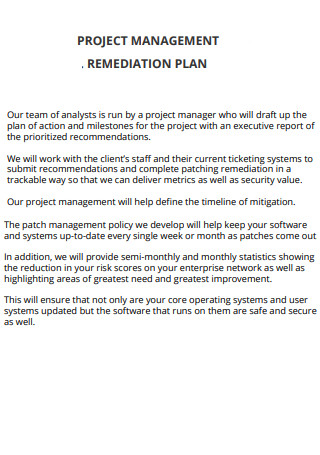
Project Management Remediation Plan
download now -
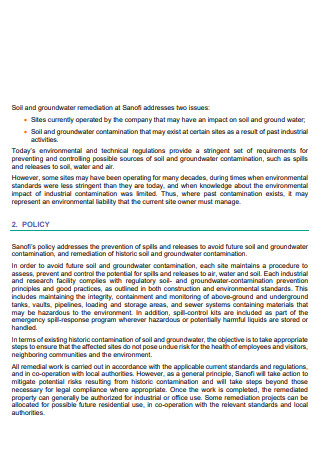
Ground Water Project Management Remediation Plan
download now -
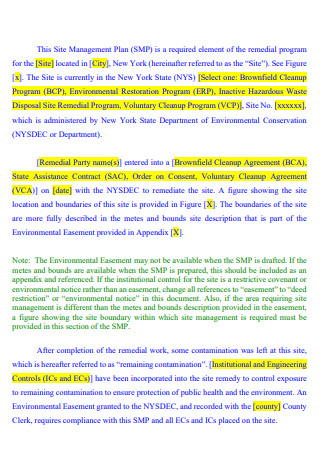
Project Site Management Remediation Plan
download now -
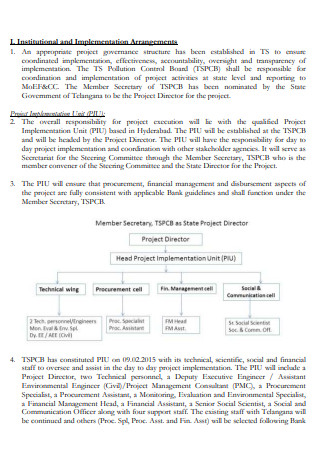
Project Implementation Management Remediation Plan
download now -
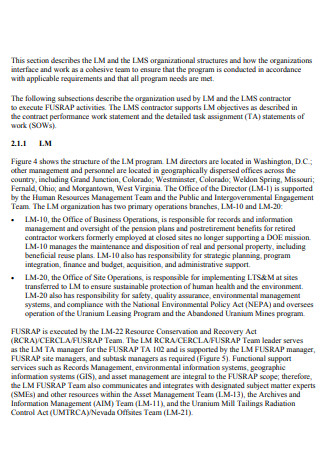
Integrated Project Management Remediation Plan
download now -
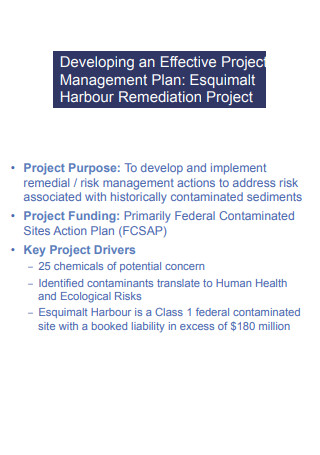
Effective Project Management Remediation Plan
download now -
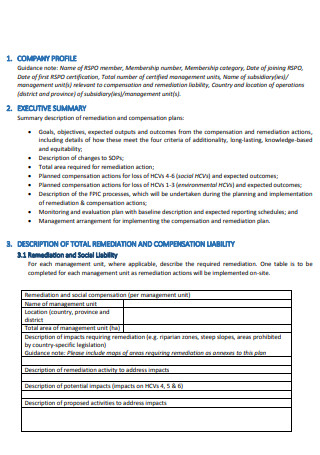
Project Management Remediation Compensation Plan
download now -
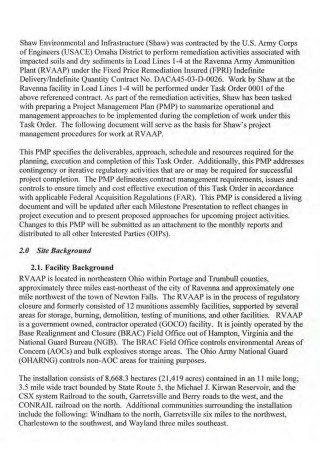
Project Management Remediation of Soil Plan
download now -
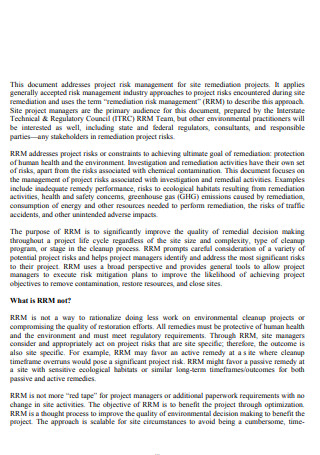
Project Risk Management Remediation Plan
download now -
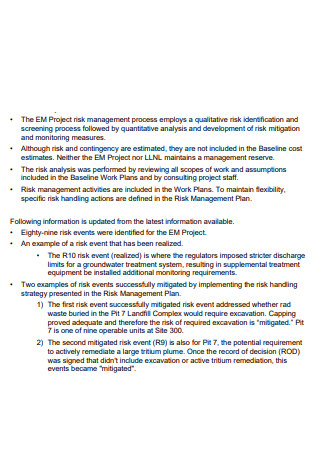
Sample Project Management Remediation Plan
download now -
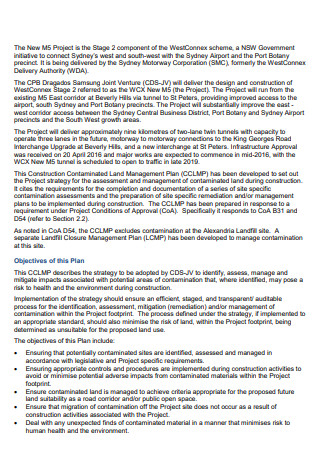
Project Land Management Remediation Plan
download now -
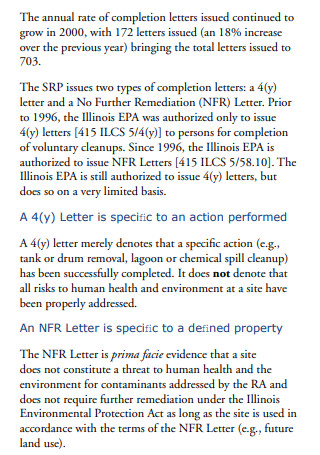
Project Management Remediation Plan Example
download now -
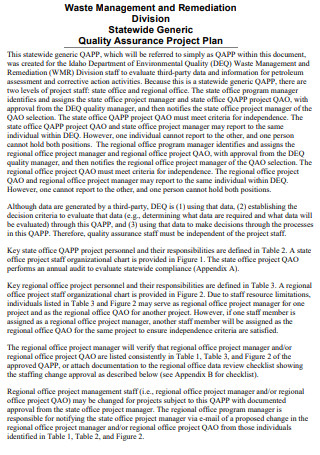
Project on Waste Management Remediation Plan
download now -
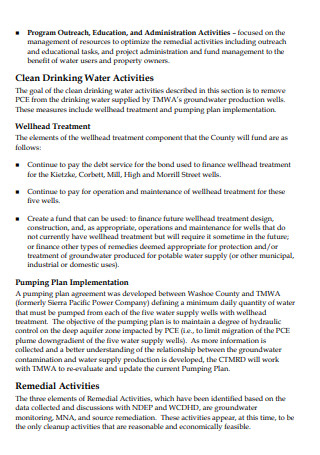
Central Project Management Remediation Plan
download now -
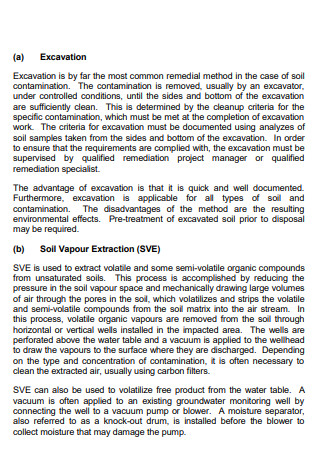
Project Management Remediation Action Plan
download now -
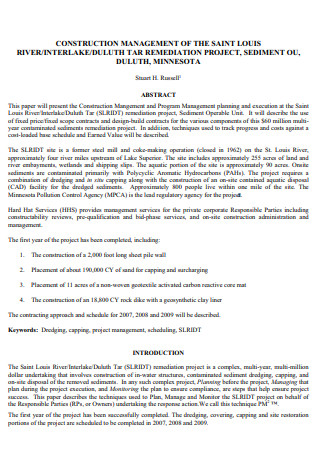
River Project Management Remediation Plan
download now -
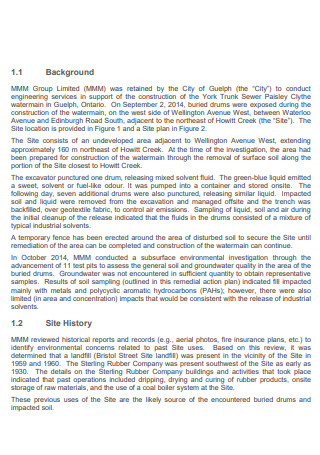
Basic Project Management Remediation Plan
download now -
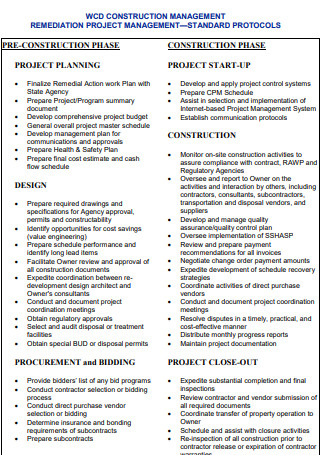
Project Construction Management Remediation Plan
download now -
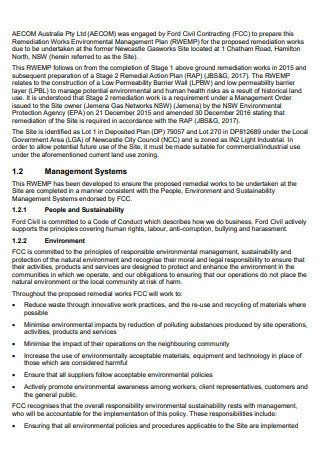
Project Management Remediation Plan Template
download now
FREE Project Management Remediation Plan s to Download
20+ SAMPLE Project Management Remediation Plan
What Is a Project Management Remediation Plan?
What’s In a Project Management Remediation Plan?
Steps in Creating and Managing a Remediation Project
FAQs
Should a project management remediation plan be viable?
What is the benefit of a remediation project?
What is project management?
What Is a Project Management Remediation Plan?
First of all, what does remediation mean? Remediation is defined as the process of improving or correcting a bad situation before it gets worse. In the context of business and project management, remediation is done to correct a mishap or a glitch in a project before it escalates into something much worse and derails the entire project if it is left uncorrected. When done properly, remediation should solve the problems that plague the business or project and get it back to what it was once prior to the problem appearing. Remediation, in its nature, can be challenging, time-consuming, and can demand the highest of skillsets for it to become successful. Despite its nature, this is still a much better choice compared to neglecting the problem and letting it develop into an unfixable mess.
A project management remediation plan is a business document that contains components and steps that are necessary for addressing problems in a company’s project management in a given period of time. It also usually contains a list of the problems or items that need to be addressed in a project before it is allowed to continue. Additionally, this plan will outline the activities and actions that should be taken to return the situation to the way it was before the change was introduced or the problem has surfaced in a project. By doing so, even if the action is not implemented successfully, the process can be reversed by following the procedures outlined in the plan. In short terms, the actual process listed in the document may be as simple as a reversal of each phase, essentially making it a back-out plan.
What’s In a Project Management Remediation Plan?
For project management and its corresponding remediation plan to be successful, here are the following key components that must be included when writing this document:
Steps in Creating and Managing a Remediation Project
Here are the necessary steps that need to be followed in order to create and manage an effective remediation project for the affected company project or activity:
1. Plan Ahead
The first key step in successfully creating and managing a remediation project is to plan what’s ahead. When dealing with a new remediation project, adrenaline usually takes control, and most firms have acquired a habit of launching into delivery mode without a proper strategy implemented. Taking a little break to reflect on the remediation project’s aims or goals and preparing the necessary approach can save time and maybe the difference between project success and failure. Additionally, this stage should also specify the standards that must be followed when carrying out the corrective project.
2. Engage With the Team
When the planning process for the remedial project has been completed, this step will then follow. Any type of remediation activity serves as a collaborative operation including various stakeholders from throughout the organization, as well as advisors and suppliers, each with a specific function to play. Map out the main stakeholders and build channels of communication as soon as possible in this stage of managing a remediation project to guarantee a common knowledge of the project’s goals and each stakeholder’s preferences and needs for involvement.
3. Monitor the Process
After engaging with the appropriate personnel in the remediation project, this step will follow. Determine the gaps in the primary project process and prioritize accordingly. Inadequate professional training and non-compliance with standards are two examples of gaps. Maintain track of the progress of the remedial project by referring to the project plan on a frequent basis. This will enable the remedial project manager to notice any crucial milestones that the team is missing and take corrective action as soon as possible. Additionally, ensure that all stakeholders are kept informed of any changes that occur, and determine if they have to be informed, consulted, or otherwise.
4. Adapt to Challenges
When the project manager monitors the process of the remedial project, he or she (and the entire project team) also needs to be able to adapt to the challenges that may be encountered throughout the project. It’s always critical to remain adaptable since even with rigorous preparation, the majority of projects (including the remedial ones) may run into an unforeseen snag or two. The most crucial factor here is how soon the difficulties will be discovered and addressed. Accept change, have a flexible, inclusive attitude to dealing with the unexpected, and never lose sight of the main goal of the remedial effort.
5. Share Findings and Improve
This is usually the last important step in successfully undertaking and managing a remediation project. In this step, when communicating the project’s findings, it’s important to be as open and upfront as possible. It’s also important to get feedback from the right people and stakeholders. After that, think of ways to make the next one better. Each project remediation gives the whole team a chance to improve their approach to the next remediation and all subsequent remediation projects. Throughout the balance of the project and beyond, capture and reflect on significant learnings from each negotiation and the larger project to continue to improve.
FAQs
Should a project management remediation plan be viable?
Yes, they need to be completely viable for them to be effective. Before implementing a change, the remediation choices in the remediation plan need to be assessed and verified to confirm that they are practical. Otherwise, if a change is not properly executed, and the company’s remediation procedures are not established or feasible, services affected by the change will be unable to resume operations. When a project management remediation strategy isn’t totally practical, it has a significant impact on client satisfaction.
What is the benefit of a remediation project?
By displaying the exact condition of the remediation, remediation projects make it easier to prioritize, to drive, and to track remediation efforts. As vulnerabilities are discovered to be no longer present, project metrics are immediately updated, allowing the project manager to see the entire scope of his or her remediation teams’ accomplishments.
What is project management?
The practice of managing the execution of a project while adhering to particular criteria and schedules is known as project management. The project manager usually collaborates with key stakeholders to establish the general goals and criteria that will ensure the project’s success. The project manager is also in charge of organizing the project effort among stakeholders and the project team, as well as keeping track of its progress to ensure that it stays on track.
By effectively developing project management remediation plans, the project manager and his/her project team can bring a company’s project practices and procedures in line with the standards that are set. This ultimately results in better practices in the future concerning the company’s projects and ensures that the company’s clients are satisfied with whatever end product is presented to them. In this article, plenty of sample templates regarding this document exists to help you in creating one.
